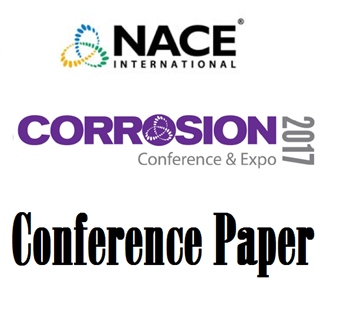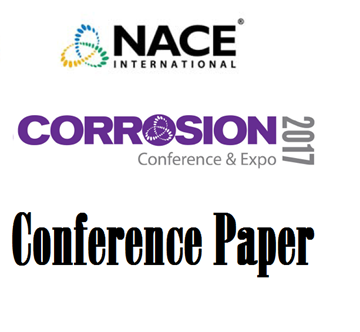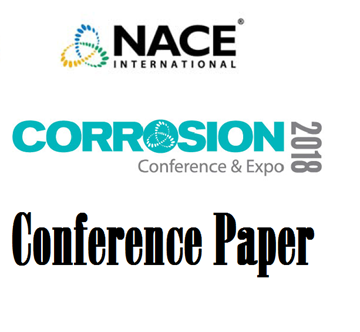Search
51318-10818-COMPLIANCE TO ASME PCC-2 STANDARD FOR ENGINEERED COMPOSITE REPAIR SYSTEMS
Also Purchased
51317--9506-Testing and Design of Nonmetallic Composite Repair Systems for Pipeline Intergity
Product Number:
51317--9506-SG
ISBN:
9506 2017 CP
Publication Date:
2017
$20.00
51317--9494-Considerations for Repairing Live Piping Using Engineered Composite Repair Systems
Product Number:
51317--9494-SG
ISBN:
9494 2017 CP
Publication Date:
2017
$20.00
51318-10821-Technical evaluation of cold end-sizing and stress-relieving mill operations while preserving the SSC resistance of sour service OCTG pipes
Product Number:
51318-10821-SG
Publication Date:
2018
$20.00




